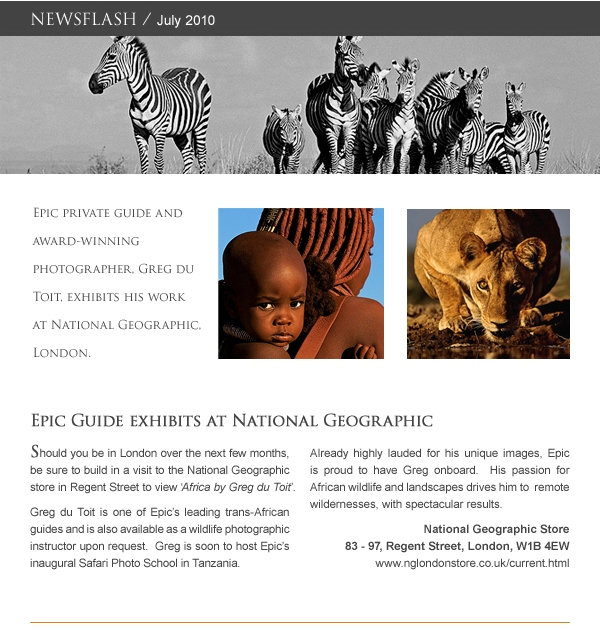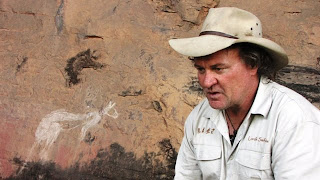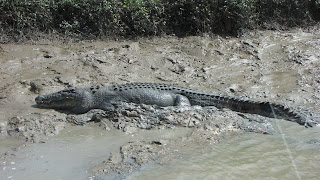The plans for a photographic expedition had been in the pipeline for quite sometime, and last week saw the launch of the Epic Photo School. This is a brand new safari product and caters specifically for wildlife and nature photographers. The Epic Photo School functions much like a normal safari but with a few important distinctions:
The first being that you are hosted by internationally acclaimed wildlife photographer Greg du Toit (http://www.gregdutoit.com/), who guides and coaches you every step of the way. While on safari, photographers draw on Greg’s extensive bush knowledge and photographic skills, as he highlights unique photographic opportunities and shares camera settings and techniques. The second important distinction making Epic Photo School unique, are the specially designed lessons presented each day. These lessons have been created by Greg and, drawing from his years of wildlife photographic experience, are especially aimed at nature photographers. The course content is structured to contain all the necessary information required to become an expert photographer and cater for all levels of photographers from complete novices through to semi-professionals. As part of the lesson time, each photographer receives valuable feedback on their own work, allowing each to grow and develop in their own personal style of photography. Lastly, the Epic Photo School is unique in that it aims to take photographers to the best wilderness and photographic locations on the African continent.
With the completion of the inaugural Photo School just last week, this comes in hot off the press from Greg:
The Photo School kicked off in the far Northern Serengeti where we all met for the first time on the Kogatende airstrip, after flying in from various corners of the globe. The group was diverse and consisted of a couple from Sydney, Australia (he an avid photographer, while his wife was simply along to enjoy a sublime wildlife safari), a gentleman from Washington D.C., and a CSN sports photographer with an accomplished portfolio of sports images (including impressive subjects such as Tiger Woods and Rafael Nadal - need I say more). We had a guy in from the UK and with his 500mm F4 at the ready, I knew he meant business from the start. And lastly, a Kenyan born lady, now living in the English countryside, although a little nervous at first on the technical aspects of photography, soon proved to have a very artistic eye.
.jpg)
.jpg)
.jpg)
With the group assembled, we met our guide Alex who gave a full brief on how the migration works and where we would soon find the gnus! The base camp for Photo School lay in the far-flung reaches of the northern Serengeti in an area called the Lamai Wedge. Our comfortable mobile camp was positioned right slap bang in the middle of the annual wildebeest migration. So much so, that each night, we were lulled asleep by the moans and groans of millions of wildebeest. A strangely soothing sound I might add! What made this location so unique was the utter lack of other vehicles in the area. Every sighting we had all to ourselves with no one else around, which allowed us to photograph each scene uninhibited as we worked every conceivable angle. The migration has become a popular feature on the international wildlife calendar, and as a result it draws large crowds each year. We however, due to the camp’s excellent location, had the entire migration all to ourselves!
Our days in the Lamai Wedge began with an early 05h30 start. This meant that we were out in the field when it was still dark and most days had found a subject before the sun was up. This allowed us to photograph in the warm and golden morning light! We spent the rest of the mornings out in the field and would stop for a bush breakfast, before returning to camp at midday for lunch. After a short siesta, we met in the dining tent for Photo School. I had carefully planned a series of fun and practically relevant lessons which included the following topics: RAW vs JPEG, exposure compensation, metering, histograms, dynamic range, focus, composition, modes, aperture, shutter speed, ISO, fill flash and light. The course material is specifically designed to first provide a solid foundation upon which each photographer can build. As the Photo School progressed, the lessons moved through to intermediate levels and finally we finished with advanced topics such as fill flash. For each lesson, I drew examples from my own work and I also gave the group feedback on their own photographs taken during the morning. This feedback was always gentle but I feel very important, to allow each person in their own right as a unique artist, the opportunity to learn from their personal images and develop further their own style of photography. The lessons were relaxed and there was plenty of time for questions and comments from the group. The class took to the lessons like ducks to water and from day one we were all on the same page and photography had become our preferred language of choice!
.jpg)
.jpg)
.jpg)
Highlights in the Serengeti included photographing a hyena den in the golden morning light and watching the young cubs gambol about on the great plains. Another highlight for me was driving through endless numbers of wildebeest each day as we left camp and again on our return. The camp was quite literally in the middle of the Great Migration! We enjoyed photographing a crossing and again we were the only vehicle there, which was special indeed! Seeing cheetah and lion that were still attentive to our presence was also a personal highlight and an indication that the place is still wild! Photographing giraffe under a rainbow or elephant and zebra dotted across the plains, interspersed by lone tress, allowed for some excellent landscape opportunities!
After our 4 nights in the Serengeti, we flew to the other end of Tanzania and into the wild bush country of the Ruaha National Park. Kigelia Camp is a beautiful tented camp on a dry riverbed in the heart of Ruaha and was our new home. Our daily routine was similar to that in the Serengeti and the Photo School classes were held around a large and comfortable dining table made from old recycled Arab dhow wood. Personal highlights for me included dining under the stars each night and photographing the giant and ancient Baobab trees. Our photographic sightings in Ruaha included seeing a leopard lying lazily on a lateral branch of a Kigelia (sausage) tree as well as seeing a family of three cheetah. We enjoyed photographing large buffalo herds moving through the wilderness and kicking up dust! A large bull elephant walked out the forest and right up to our vehicle! Spending lots of time with the ever-comical baboons was also a highlight. On one particular day, while I was giving class, a herd of elephant walked through camp. The lesson was interrupted as we all grabbed our cameras and photographed the herd as they proceeded to feed on fallen pods within meters of us. With Photo School being designed specifically for photographers, we had our own vehicle, which allowed us to work the scenes to the best of our ability. On two occasions we sat with a pride of lion for a few hours in the late afternoon and very nearly saw a kill. This flexibility and freedom is what makes Photo School such a desirable product for photographers.
.jpg)
.jpg)
.jpg)
After our 4 nights in Ruaha, the inaugural Epic Photo School concluded with a slide show presentation given to the staff of Kigelia Camp featuring the ‘Best of Photo School 2010’. The show contained a diversity of work and this was testament to our early mornings, practical application and gigabyte upon gigabyte of images shot!
Looking back, it was a privilege and a joy for me to share my passion for both photography and Africa with others. The group was incredibly receptive and it was really rewarding to see the progress that each photographer made. I think the Kenyan student got over her fear of the technical side of photography and learnt that her creative eye is her greatest gift. Our Washington D.C. buddy on the other hand, came into the school with a sound technical understanding but worked hard on the creative side of his photography as we applied the various ‘rules’ of composition. The Sydneysider arrived not knowing how to use his histogram as an effective tool to gauge his exposure and safe to say that he is now a histogram guru and sunsets will never be the same again. I was very pleased to be able to work with our professional sports photographer in solving and perfecting his autofocus technique, which I am hoping will help him with his sports work back in the USA.
All in all, photography again proved to be a language that crossed all borders and the Epic Photo School provided a wonderful framework for us to capture great images, to further our photographic skills, to make new friends and to enjoy a sublime African outdoor adventure.
.jpg)
.jpg)
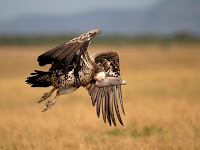.jpg)
A special thank you to all at Epic involved in the planning of the Photo School and to the managers, guides and staff at Serengeti Mara Camp and Kigelia Camp - Thank you for putting up with our early mornings and bizarre requests! Lastly, I want to thank my newfound friends and photographers for a wonderful trip. May your horizons always be straight and your histograms bell shaped!!!
Until next time…
Best wishes,
Greg
For more information on this and Epic's many adventures, please contact us.
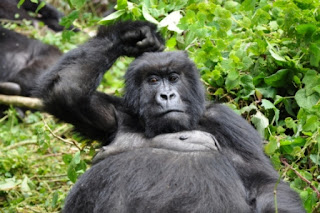
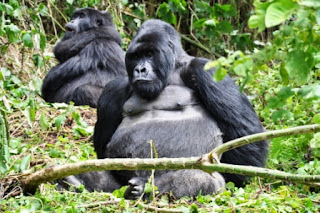









.jpg)
.jpg)
.jpg)
.jpg)
.jpg)
.jpg)
.jpg)
.jpg)
.jpg)
.jpg)
.jpg)
.jpg)


